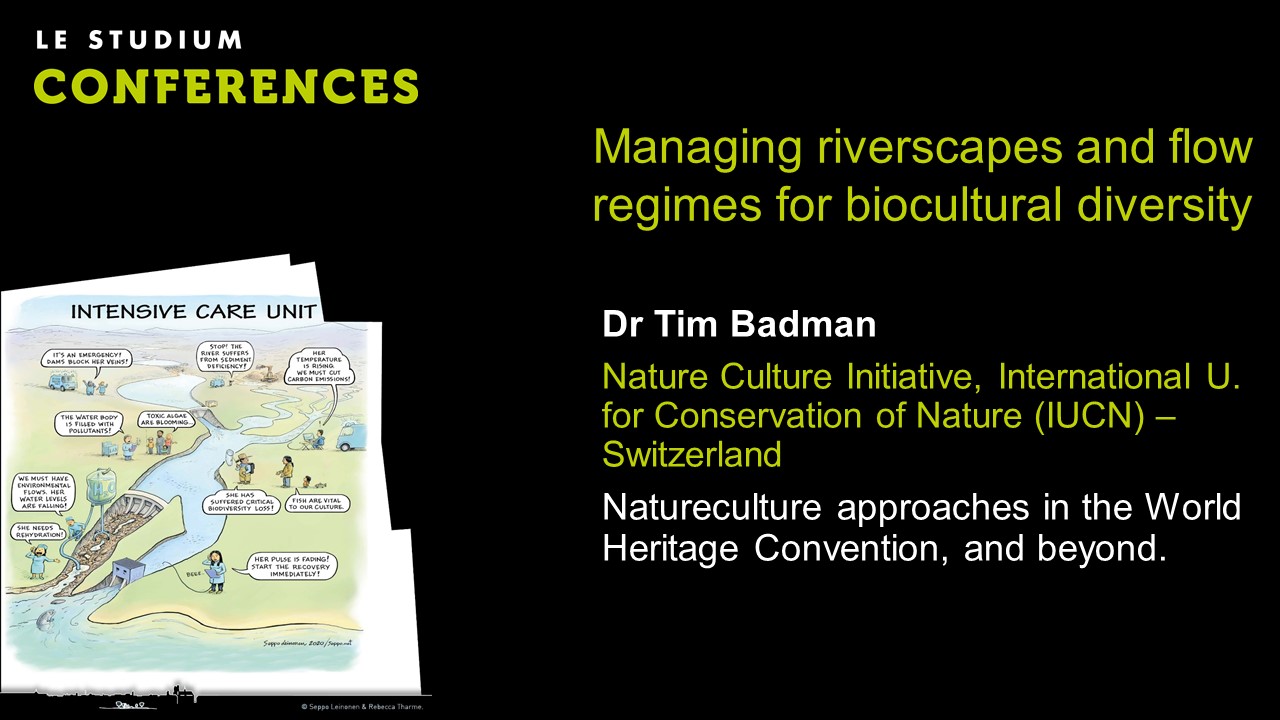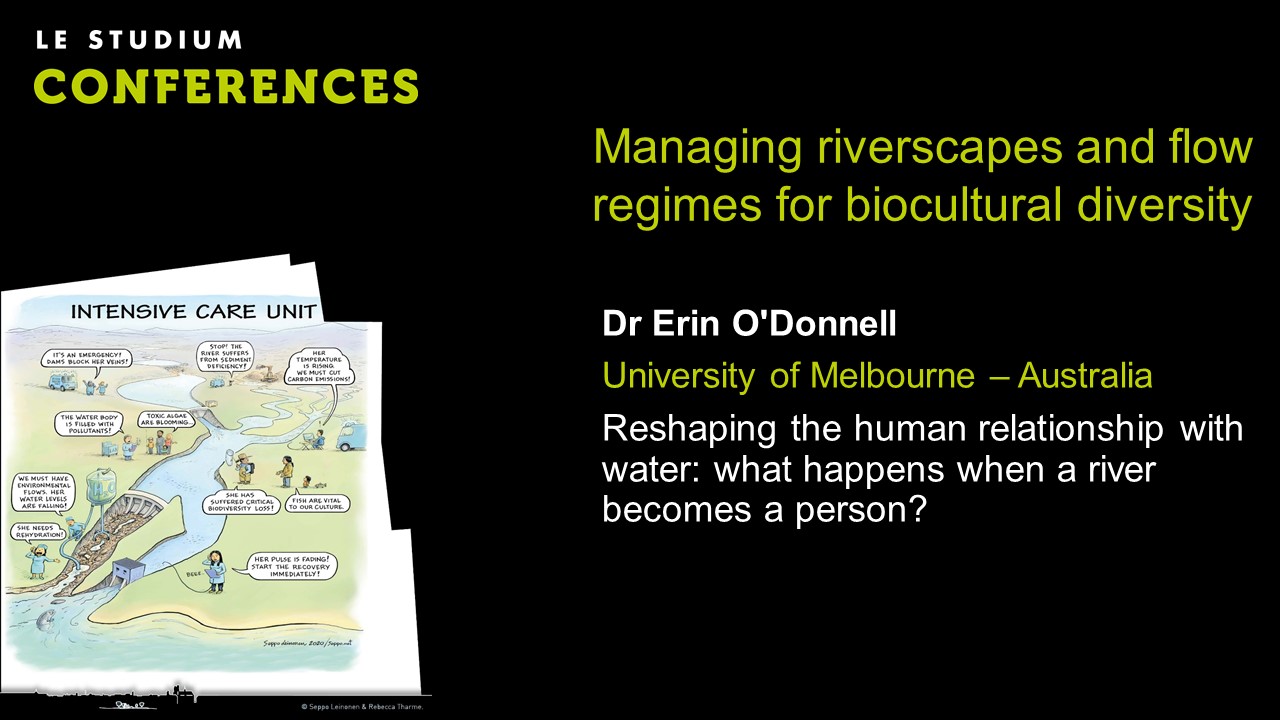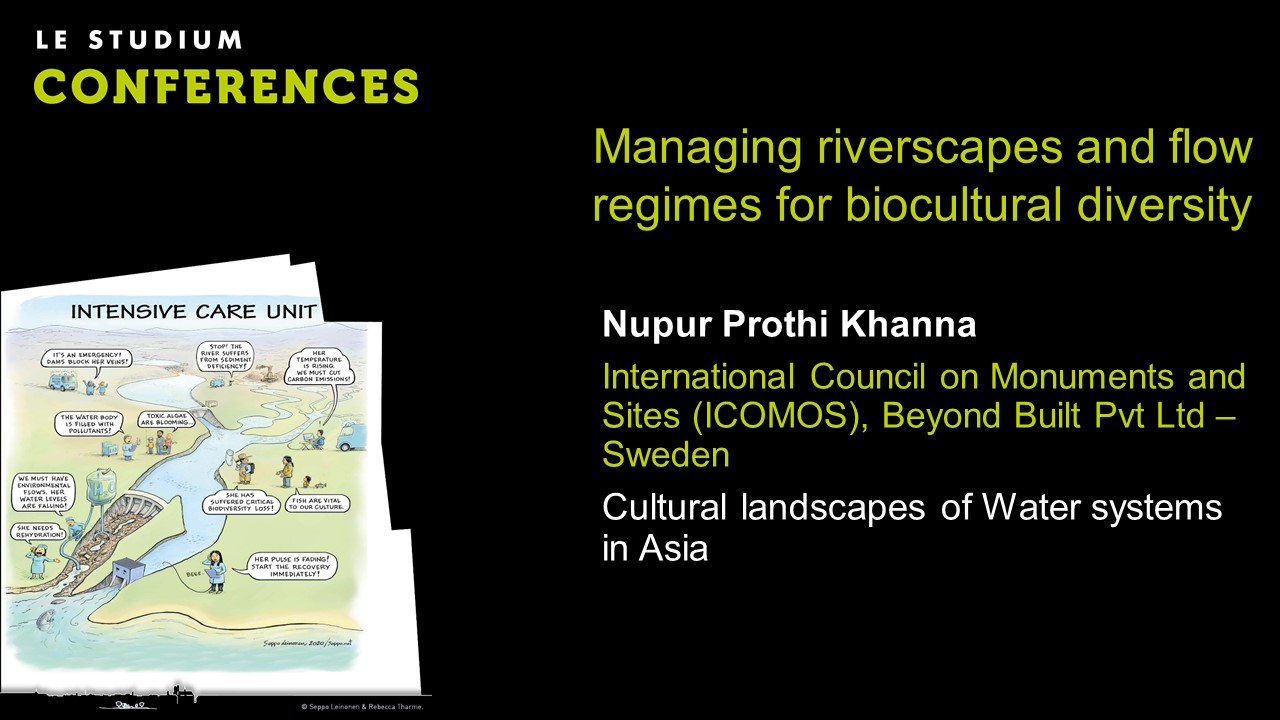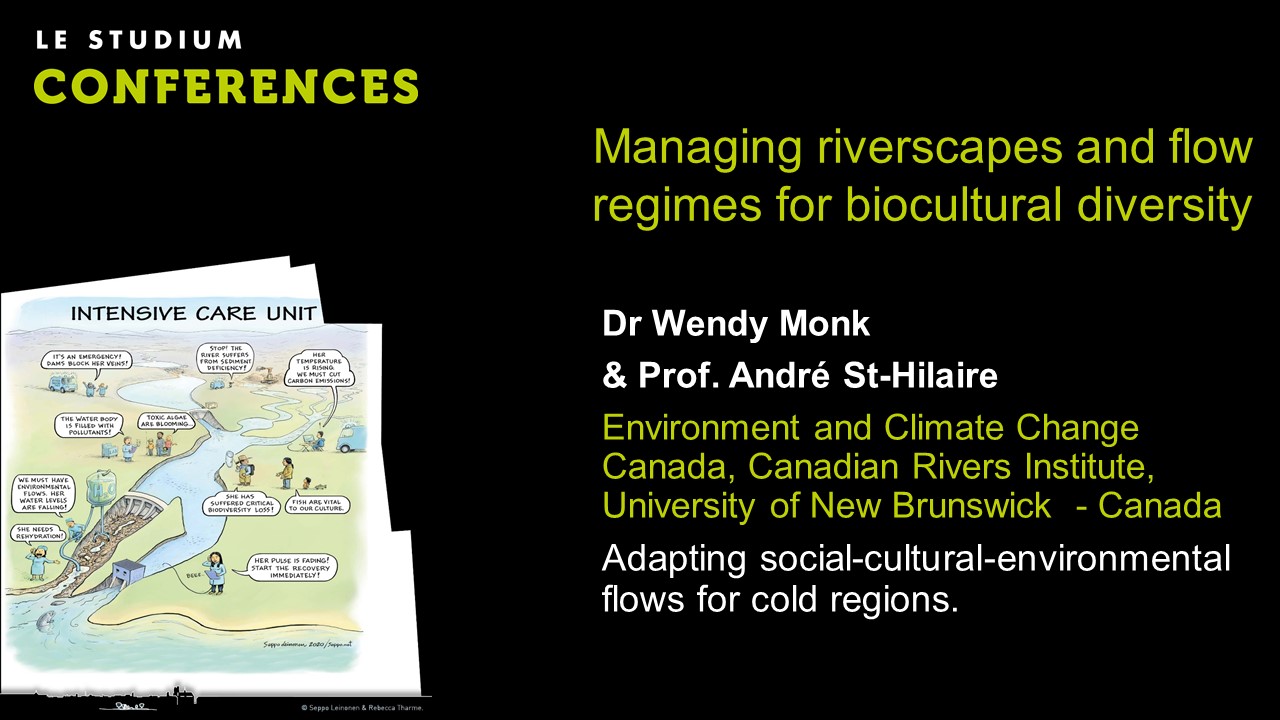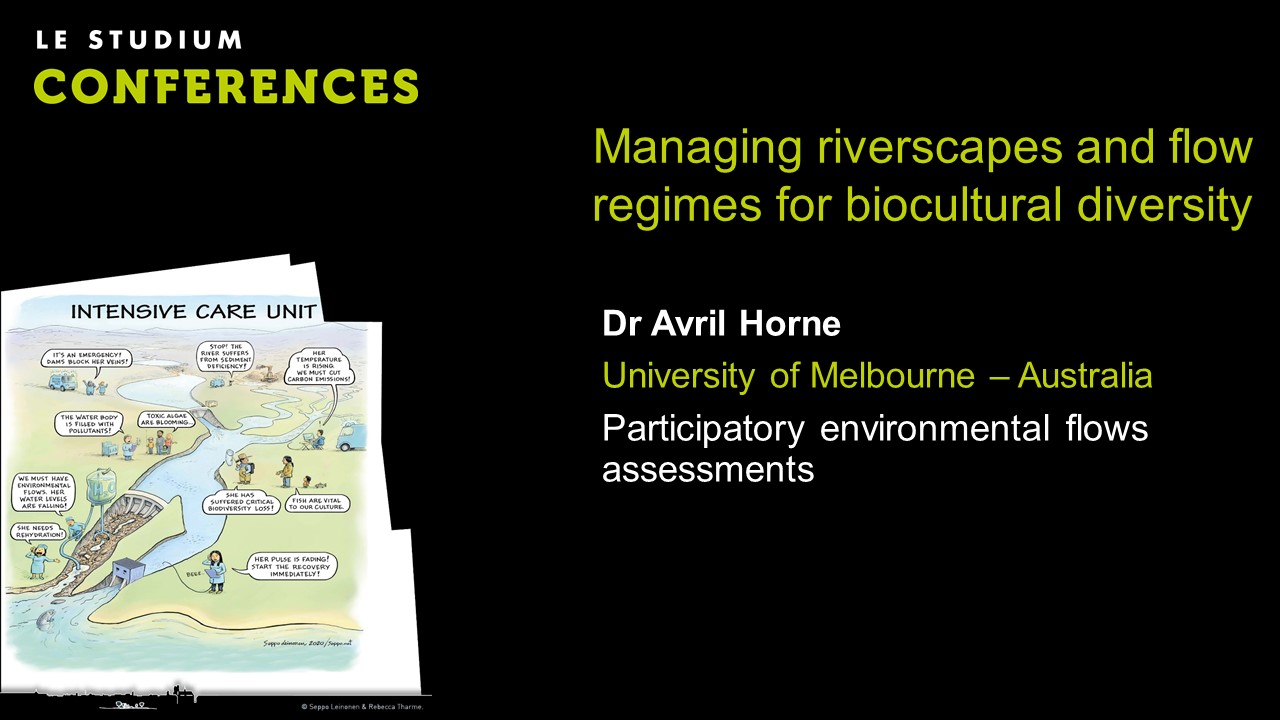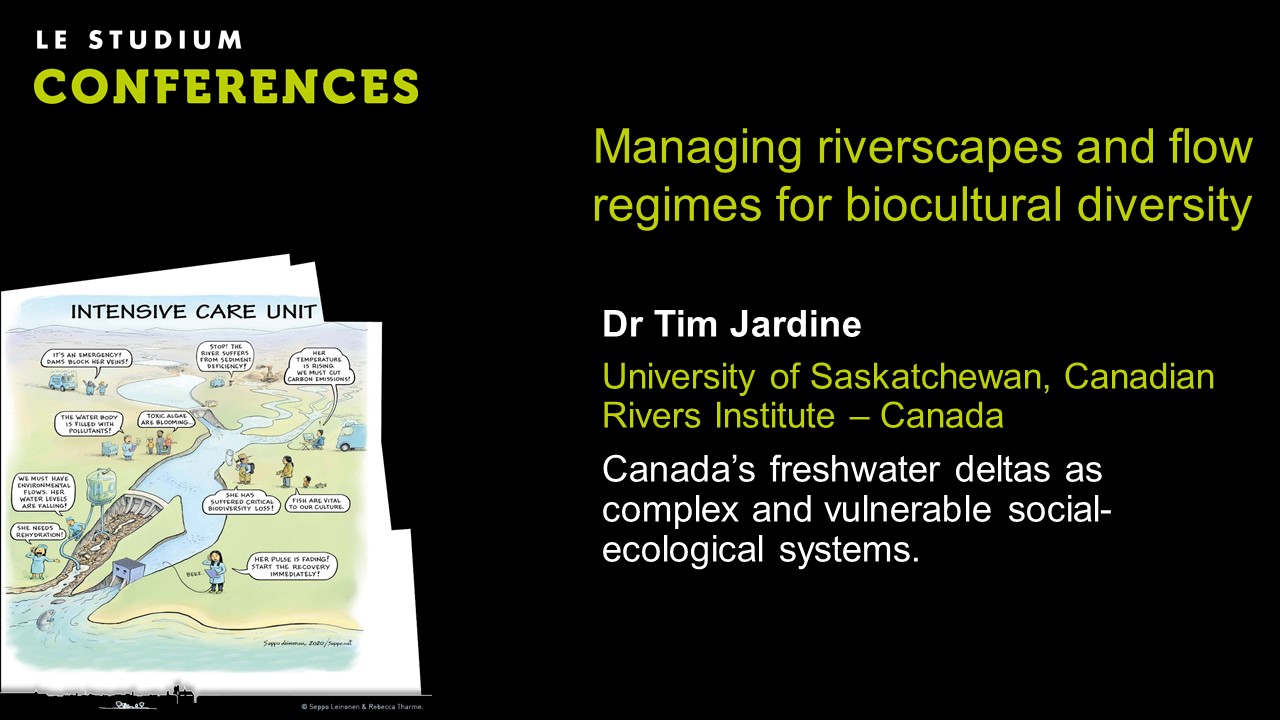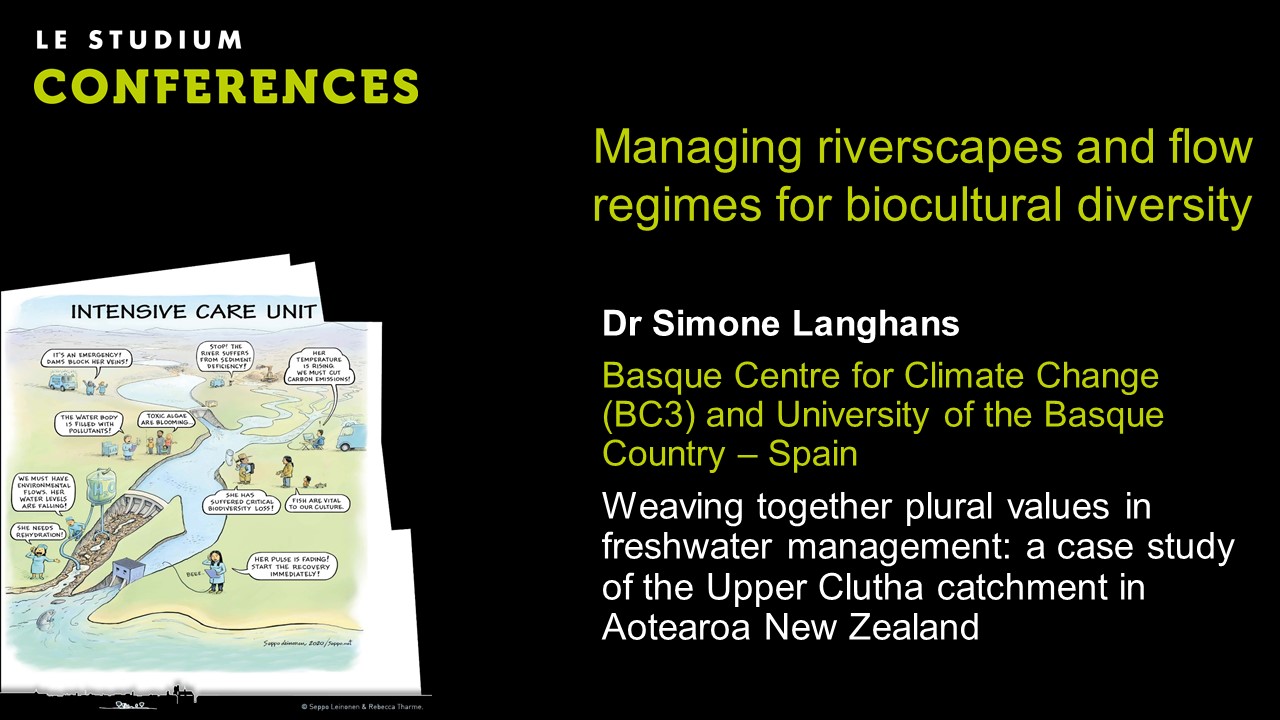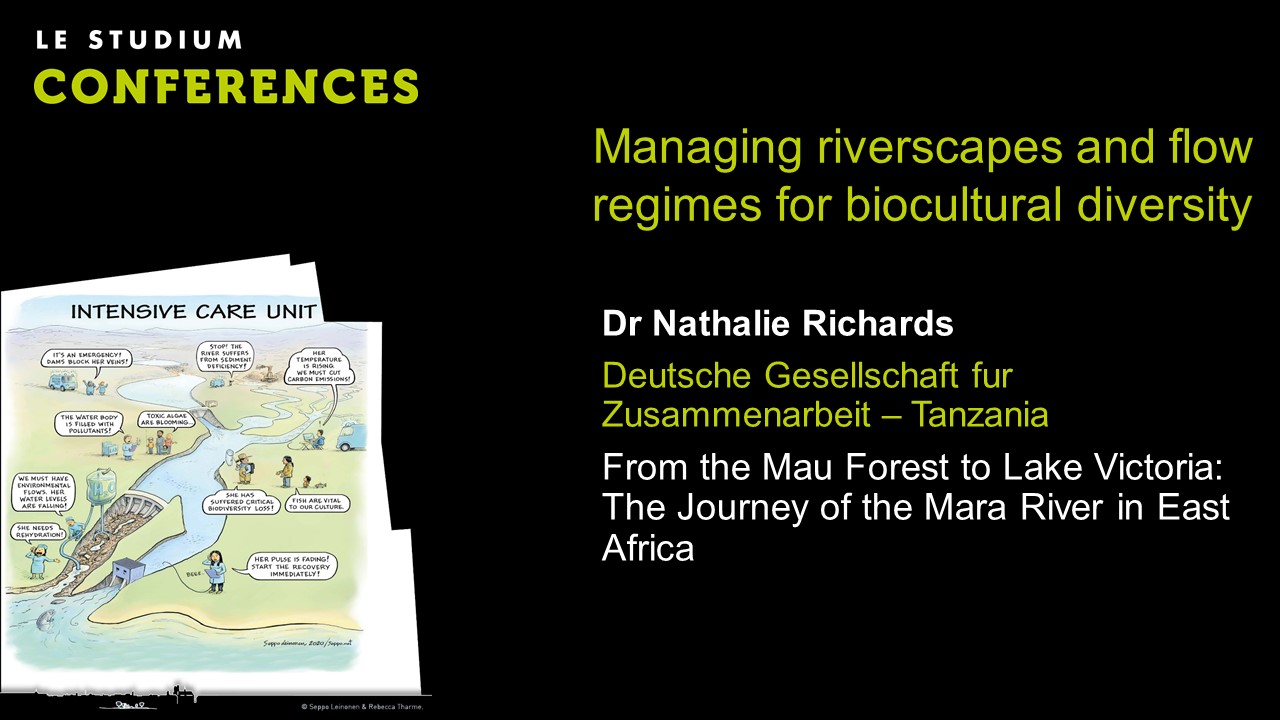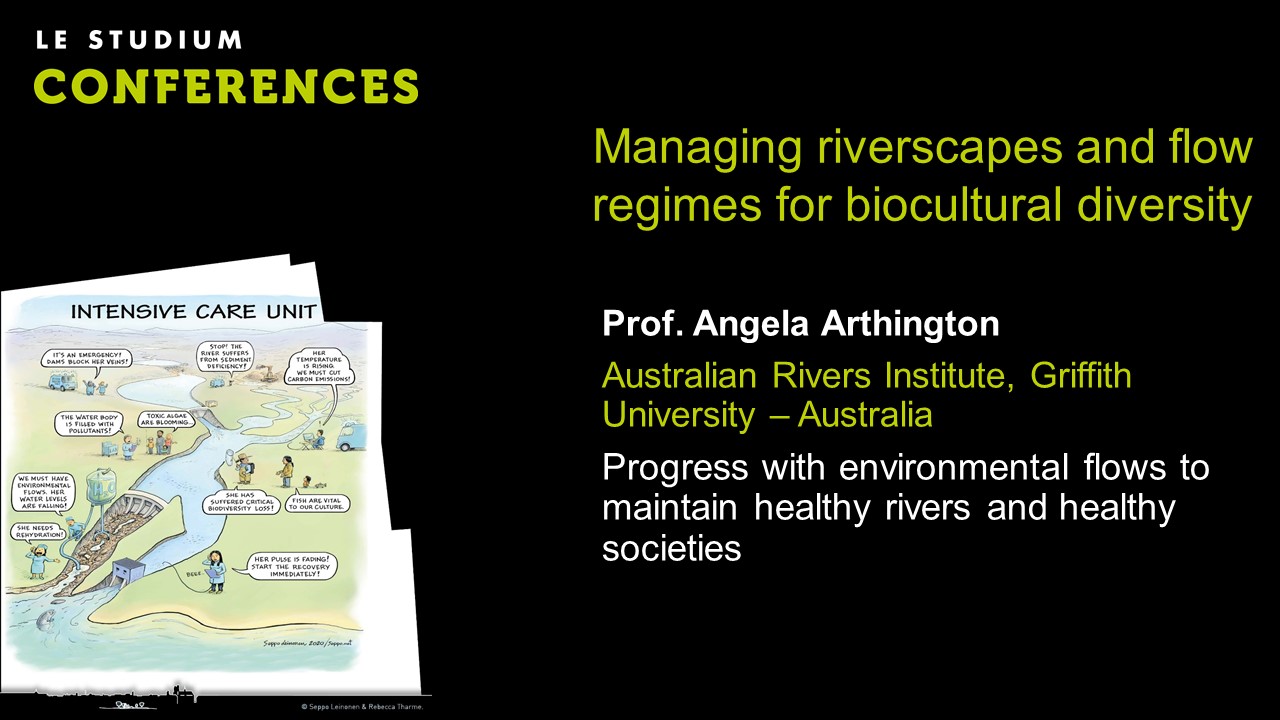Notice
Freshwater megafauna: diversity, status, and cultural importance
- document 1 document 2 document 3
- niveau 1 niveau 2 niveau 3
Descriptif
Megafauna species play important ecologicalroles. Owing to their intrinsic characteristics such as large habitatrequirements, long lifespan, and late maturity they are particularlysusceptible to extinction. Freshwater megafauna species, i.e. freshwateranimals that can reach a body mass of 30 kg or more, are also vulnerable toanthropogenic impacts. There are intense and growing threats such asoverexploitation, dam construction, habitat degradation, pollution, andbiological invasions in diversity hotspots of freshwater megafauna includingthe Amazon, Congo, Mekong, and Ganges-Brahmaputra river basins. Consequently,half of all assessed species are considered as threatened on the IUCN Red List.Global populations of freshwater megafauna declined by 88% from 1970 to 2012.Their geographic distributions have also changed profoundly. In Europe,distribution ranges of 42% of all freshwater megafauna species have contractedby more than 40% of their historical distributions. Given that freshwatermegafauna share similar threats with overall freshwater biodiversity and often have large area requirement, they hold the potential tofunction as flagship and umbrella species. In addition, many freshwatermegafauna species have important cultural values to local communities. Hence, amegafauna-based approach could be a promising strategy to promote freshwaterbiodiversity conservation benefiting a broad range of co-occurring species.
Thème
Dans la même collection
-
Dave Pritchard - Action for culture and the water environment through the Ramsar Convention on Wetl…
The intergovernmental Ramsar Convention on Wetlands celebrates its 50th anniversary this year. Its global treaty provisions and conservation policy frameworks have always been based on the best
-
Dr Tim Badman - Natureculture approaches in the World Heritage Convention, and beyond.
This paper will provide a review of work being undertaken to bring together the consideration of nature and culture in policies, programmes and practices of the World Heritage Convention, and a
-
Dr Erin O'Donnell - Reshaping the human relationship with water: what happens when a river becomes …
Globally, the status of rivers in law is changing rapidly, as rivers themselves are beginning to receive legal rights. This growing transnational movement accelerated in 2017 with the recognition of
-
Nupur Prothi Khanna - Cultural landscapes of Water systems in Asia
In this ‘SDG Decade of Action” we are aiming to facilitate a nature-culture orientation related to water wisdom with a focus on our young citizens. Traditional knowledge related to water has
-
Adapting social-cultural-environmental flows for cold regions.
In northern regions, many rivers remain ice-covered for a period of three to six months and have two distinct low flow periods: mid-winter and mid to late summer.
-
Dr Avril Horne - Participatory environmental flows assessments
Several of the key challenges to implementing environmental flows are related to the social and political context of environmental flows projects. These include community acceptance and buy in,
-
Dr Tim Jardine - Canada’s freshwater deltas as complex and vulnerable social-ecological systems.
In north-western Canada, glacial retreat left behind large lakes that led to the development of three massive freshwater deltas (Peace-Athabasca, Slave and Saskatchewan). The productivity of these
-
Dr Simone Langhans - Weaving together plural values in freshwater management: a case study of the U…
Public participation is an effective way to resolve the tensions between contested objectives, while maintaining ecological integrity. New Zealand is one of the few countries that takes a
-
Prof. Karl Wantzen - Development(s) of the River Culture Concept
Rivers give rhythm to all life in their catchments. Floods and droughts trigger both, etho-physiological adaptations by biota, resulting in biodiversity, and one species, H. sapiens, resulting in
-
Dr Nathalie Richards - From the Mau Forest to Lake Victoria: The Journey of the Mara River in East …
The Mara River starts its journey in the Mau forest in Kenya, flowing through diverse waterscapes and famous savannahs into Tanzania, where it reaches the Mara wetland system before spilling into
-
Prof. Angela Arthington - Progress with environmental flows to maintain healthy rivers and healthy …
The science and practical applications of environmental flows (e-flows) have advanced rapidly since the early 1980s. E-flows serve as a means to protect the flow regimes and ecosystems of


